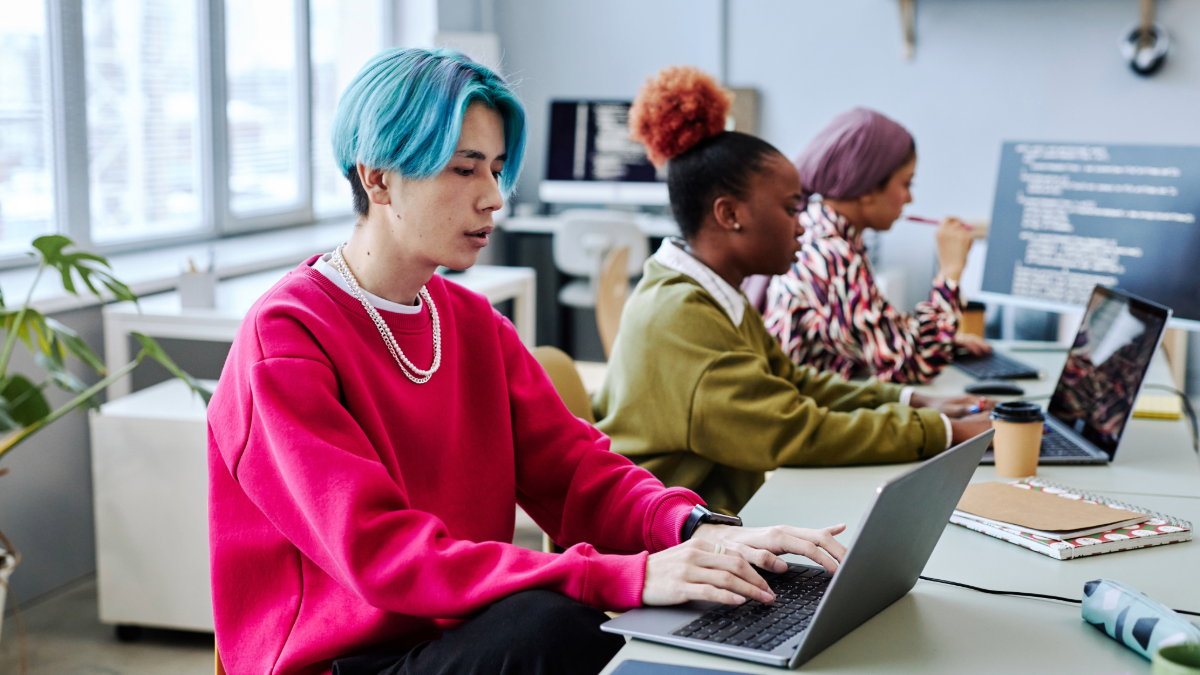As the threat of COVID abates, the business world is writing the next chapter of work. According to a McKinsey study, nine out of ten workplaces will be hybrid going forward, with some employees fully remote and others splitting their time between remote and workplace locations. More than half of employees favor a flexible arrangement with about 30% reporting that they would rather find other employment than return to the workplace full time.
How do we create and maintain a culture of belonging and collaboration when we are rarely or never together?
Culture has never happened by itself. But in a 9-5 environment with everyone in the workplace, there were more chances to invest in workplace relationships - learning programs, community service initiatives, team building activities and even happy hours.
Hybrid culture complicates the serendipitous interactions, the collision of ideas at the watercooler, and the chance encounters at the coffee machine. Happy hours only work for those already in the office on Fridays - and we know from the last fifteen months that virtual happy hours feel artificial at best, depressing at worst. And with no chance of meeting colleagues or the CEO in the elevator, the networking moments are gone.
Nurturing hybrid culture requires intentionality, a concerted effort to create meaningful spaces for human interaction for everyone - wherever they are. A few ideas on how:
1. Prioritize the time and the space to work on culture. A commitment to culture requires a concerted effort to protect the time and create the space for collective reflection. Often we favor action over reflection, even when we know that both matter, leaving precious little time to think about the bigger picture.
But it’s not enough to schedule moments of reflective engagement without guarding against the numerous interruptions that preclude everyone being “all in.” Offering the opportunity but making it impossible to participate is worse than never creating the opportunity at all. This time must be a high priority, insulated from the brush fires of everyday work.
2. Focus on the substance, not the channel. If the workplace is hybrid, the culture work will have to happen in virtual spaces, to enable all colleagues (and not just those in the workplace) to opt in. This means embracing virtual meetings as a valid space for personal sharing, for the human to human interactions that build authentic cultures.
This works best when we change the narrative about virtual meetings. These gatherings need to be celebrated as an opportunity rather than a compromise.
Focus on the quality and frequency rather than the medium. Structure a gathering that invites people to weigh in on ideas and share perspectives. Give colleagues an opportunity to let down their hair, and to connect as human beings in a world moderated by technology.
3. Nurture relationships and trust the process. Hybrid or otherwise, innovative, collaborative, and inclusive cultures are cultures that invest in relationships. Relationship skills are the engine of effective teams and organizations. These skills include listening with humility, asking questions without agenda and developing the trust to enable each other to make and learn from mistakes. Suspending our beliefs long enough to entertain the perspectives of others helps us realize that what we know for sure is never the full “truth.”
Prioritizing a culture of relationships is about developing the collective strength and the emotional resilience to weather changes that come our way - including the introduction of new and unfamiliar ways of working together. These are skills of being, rather than the skills of knowing, and they take time to nurture and develop together.
My father was a consummate lover of jokes and riddles and I grew up appreciating their nuance and irony. The challenge of stewarding a healthy workplace culture reminds me of one of his favorite light bulb jokes:
How many psychiatrists does it take to change a light bulb? Only one, but the light bulb really has to WANT to change.
If we don’t want to change, all the effort in the world will come to naught. The “want” to change is a powerful reminder of what we can do if and when we engage our collective minds.
Building a culture of inclusion, belonging and collaboration in a hybrid workplace is no joke, nor is it easy. But the punchline is important. Inclusive and collaborative workplaces have leaders who bring a strong intentionality (and tenacity), to prioritize relationships and nurture a changing workplace culture.








